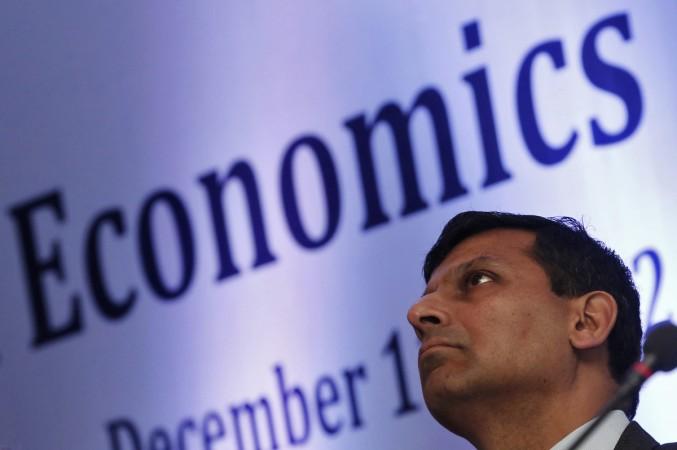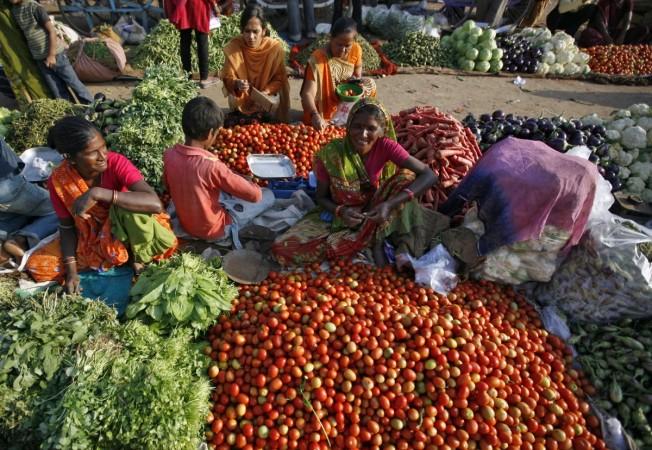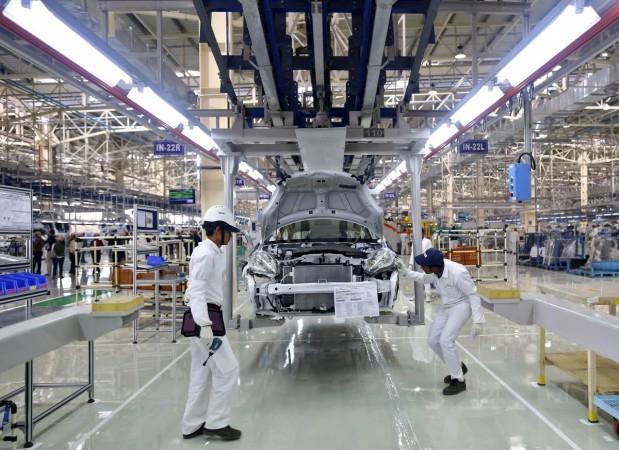
The Reserve Bank of India on Thursday released its annual report of 2013-14 and repeated its commitment to bring down the consumer price index to six percent by January and projected around 5.5 percent GDP growth for 2014-15.
Additionally, the Central Bank's governor also revealed that weak monsoon so far this year has not had much impact on India's economic growth and farm production.
Highlights of 2013-14:

- Growth continues to be slow with contraction in mining and manufacturing, but service sector growth remained unchanged. The report added that there was an improvement in export growth, followed by depreciation of rupee and contraction in imports due to subdued demand conditions and policies of prevention of gold imports.
- Inflation declined during the end of 2013-14, but remained above the level required to secure sustainable growth.
- The surge in vegetable prices, especially onions, led to CPI inflation peaking at 11.2 percent in November 2013. However, food price corrections by the government helped decline the CPI inflation rate to 8.3 percent in March 2014.
- Twin deficit concerns stabilised as the central government improved the gross fiscal deficit at 4.5 percent of GDP lower than 4.8 percent in the previous fiscal year.
- Public sector Banks and Public sector Enterprises have had sufficient reserves.
- Imports declined due to fall in gold imports as prices of international gold dipped. However, the improvement in exports was supported by depreciated rupee, the report said.
Prospects and growth outlook of 2014-15:

- Index of Industrial Production (IIP) data showed positive growth in the beginning of the year and monetary policy has been providing more stable environment in terms of interest rates, liquidity and credit conditions.
- The Indian economy can grow in the range of 5 to 6 percent around the central bank's estimates of 5.5 percent.
- The report said the nation has marked improvement in monsoon since mid-July.
"The adverse impact of lower rainfalls on growth, inflation, fiscal and trade deficits is expected to be limited as on the current reckoning the deficiency in quantitative and qualitative terms is likely to be much less than that in 2009 (a drought year)," the RBI reportsaid.
- The report mentioned that rainfall in the area where Kharif crops are grown was 2.3 percent lower than normal, but 8.9 percent higher than 2009. The reservoir water levels are said to have provided comfort to farmers.
- In case weak monsoon hampers the rest of the year, there is low risk of electricity shortage due to higher water levels in reservoirs and dams.
- The report added that mining, manufacturing, construction, trade, hotels, transport and communication sector can grow faster than the previous year.
- Automobiles sales, railway freight traffic, cargo handled at ports are on way to recovery.
- The Union Budget 2014-15 is beneficial in terms of both investments and savings as the Modi-led government hiked income tax limit by ₹50,000 with more saving options to tax payers. The apex bank has decided to provide incentives for encouraging the flow of bank credit to infrastructure and affordable housing.











![Too drunk to walk? Karnataka to drop heavily intoxicated revellers home, sets up rest centres for New Year crowds [Watch]](https://data1.ibtimes.co.in/en/full/826552/too-drunk-walk-karnataka-drop-heavily-intoxicated-revellers-home-sets-rest-centres-new-year.png?w=220&h=138)



